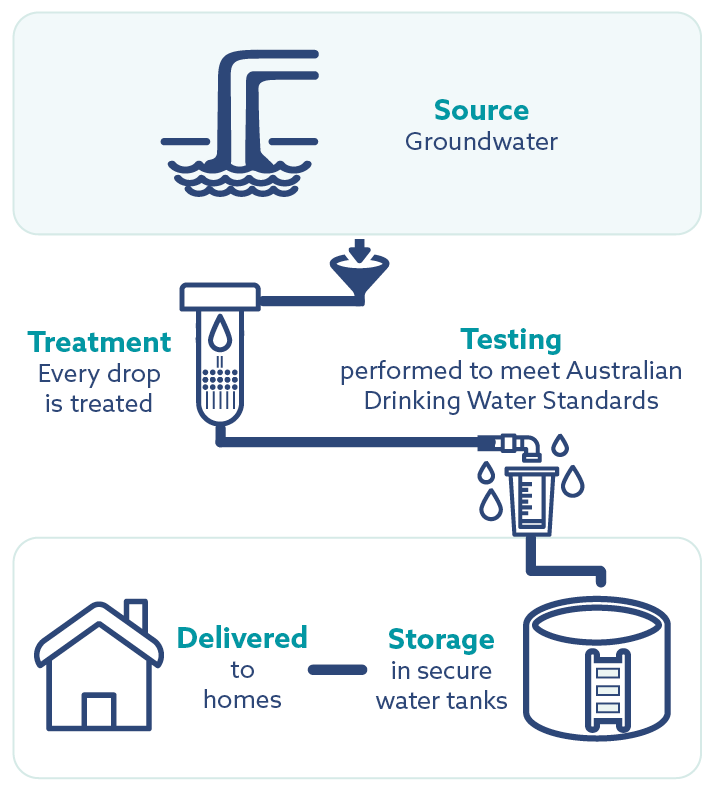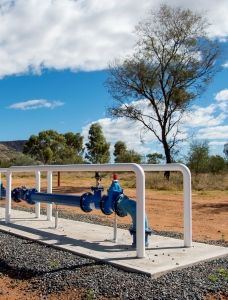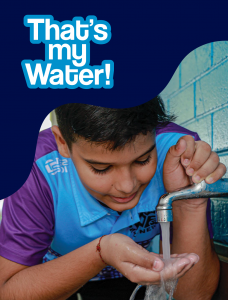Supplying safe water to all communities
How we deliver water to minor centres
Drinking water for the 13 minor urban centres in the NT comes through underground water deposits called aquifers. This water is pumped to the surface using submersible pumps installed below ground in bores.
Once the water reaches the surface it is treated to meet Australian Drinking Water Guidelines and then stored before it is delivered to homes and businesses.
Like all natural resources, water is precious. As our climate changes, so does the rate that the aquifers replenish. We need to work together to conserve water in our major and minor urban centres.
Though the landscape and vast distance always remain a challenge, we are investing in innovation to deliver clean, safe and clear water to our customers in major and minor urban centres.
We treat our water to ensure it's safe to drink straight from the tap

Clean water through innovation: A case study of Adelaide River
In 2015, Power and Water commissioned Australia’s first biological filtration plant to supply water to the Adelaide River region. Groundwater near the town contained elevated levels of iron and manganese and the water appeared discoloured and had an unpleasant taste. Today, the filtration plant delivers 1.1 million litres of safe drinking water every day.
|
Overcoming distance to provide clean water to Borroloola
A new treatment plant was built in the community of Borroloola in 2018 to provide safe drinking water to its approximately 900 residents. Power and Water’s innovative and expert teams overcame the challenges of the remote location to build the $6.4 million plant.
|
|
|



